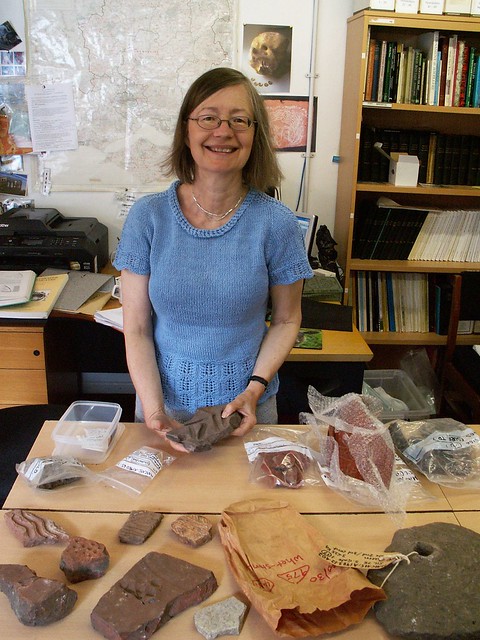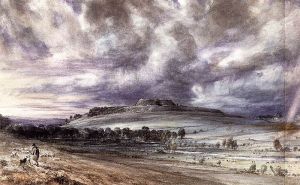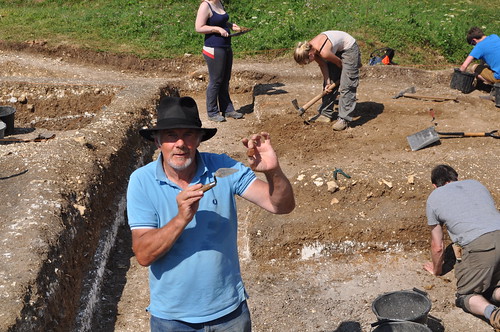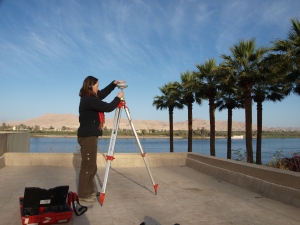
WHERE ART MEETS ARCHAEOLOGY: FINDING ARTEFACTS FOR AN ART EXHIBITION OF EXCAVATIONS AT CALLEVA ATREBATUM
Reblogged from the Day of Archaeology 2015: http://www.dayofarchaeology.com/where-art-meets-archaeology-finding-artefacts-for-an-art-exhibition-of-excavations-at-calleva-atrebatum/
Today I’m working at Hampshire Cultural Trust with Dave Allen. I’m lucky because my visit times with the regular weekly volunteer day at the Archaeology Stores, managed by the Curator of Archaeology, David Allen.
Continue reading →







